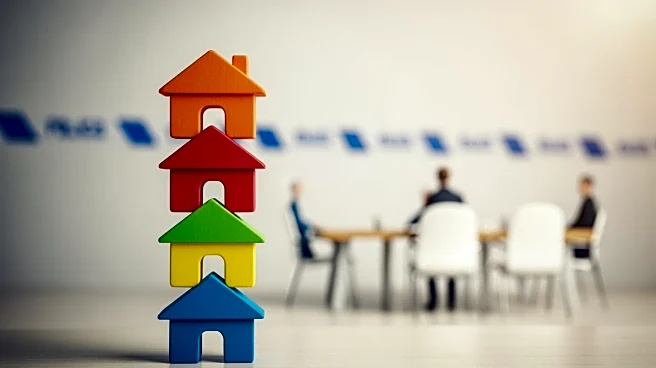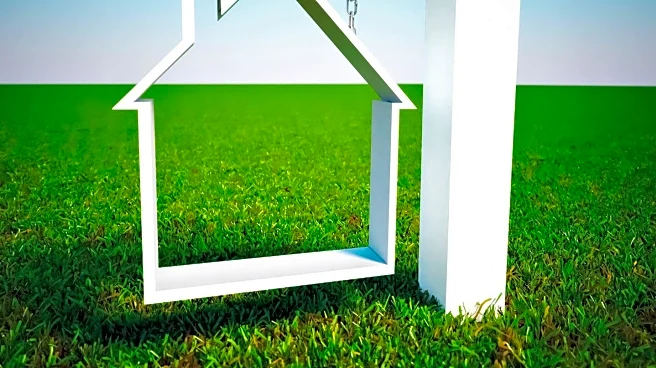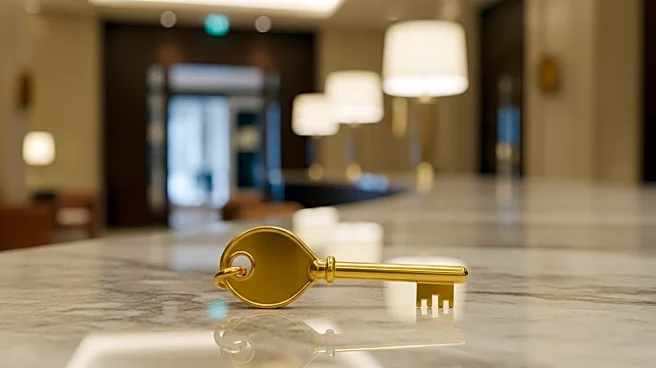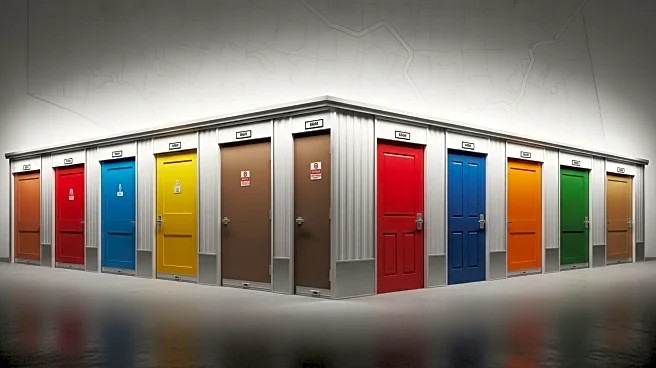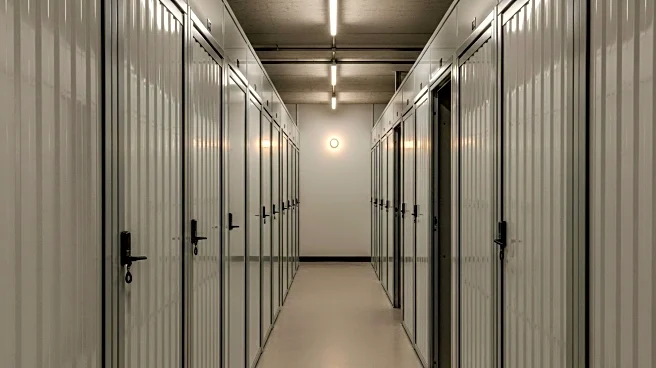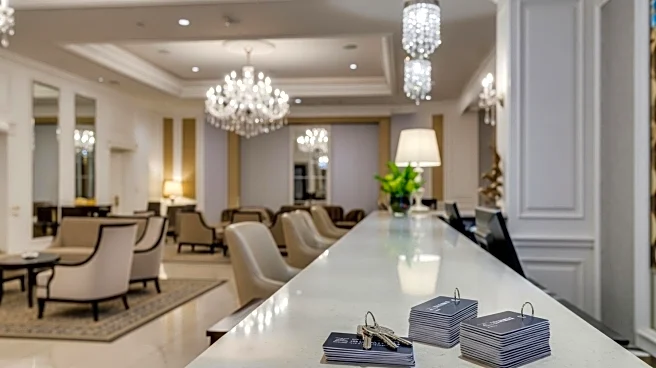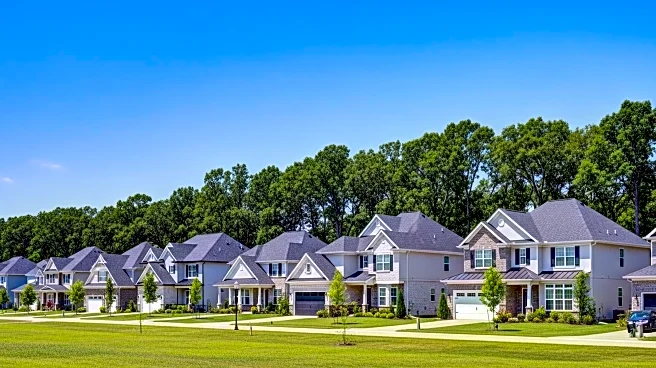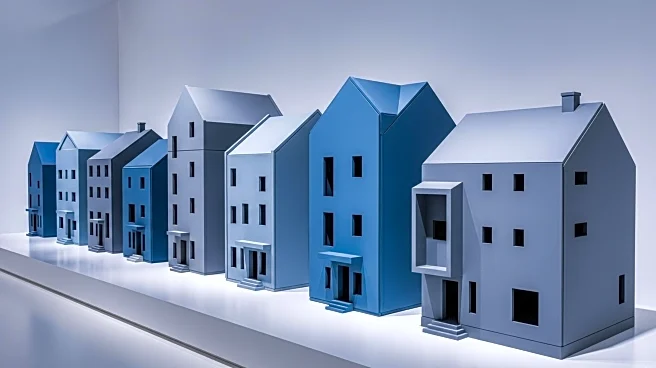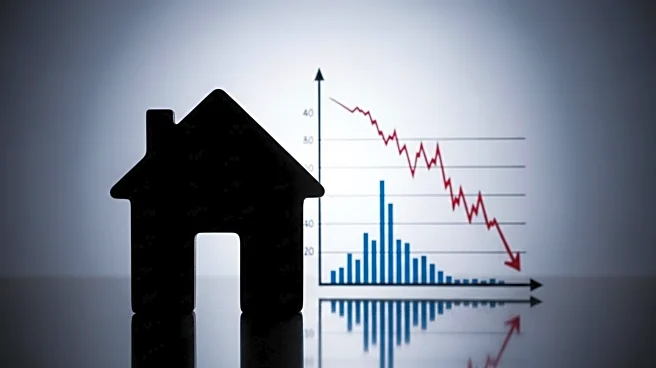What's Happening?
The U.S. housing market is experiencing a shift as bidding wars begin to cool and mortgage rates show signs of decreasing. Despite these changes, the availability of starter homes remains limited, particularly
in fast-growing areas like Austin, Texas. The median home price in Austin is significantly higher than what median income earners can afford, largely due to restrictive zoning and land use regulations. Builders are focusing on more profitable luxury homes, leaving a gap in the market for affordable starter homes. This issue is not confined to Austin but is a nationwide problem, with similar trends observed in cities like Albuquerque, New Mexico.
Why It's Important?
The scarcity of starter homes has significant implications for first-time homebuyers, who are often unable to find affordable housing options within city limits. This trend could exacerbate economic inequality, as only those with higher incomes can afford to live in urban areas. The lack of affordable housing also impacts local economies, as it may force potential buyers to move further away from city centers, increasing commute times and reducing access to urban amenities. Additionally, the focus on luxury homes by builders could lead to a housing market that is less responsive to the needs of average Americans, potentially stalling economic mobility.
What's Next?
Potential solutions to the starter home shortage include revising zoning laws to allow for more diverse housing options, such as duplexes and triplexes, which could increase density and affordability. Builders might also need incentives to focus on constructing entry-level homes. For buyers, the strategy of 'drive till you qualify' suggests moving to suburban or rural areas where housing is more affordable, though this comes with trade-offs like longer commutes. Policymakers and community leaders may need to address these issues to ensure a balanced housing market that meets the needs of all income levels.
